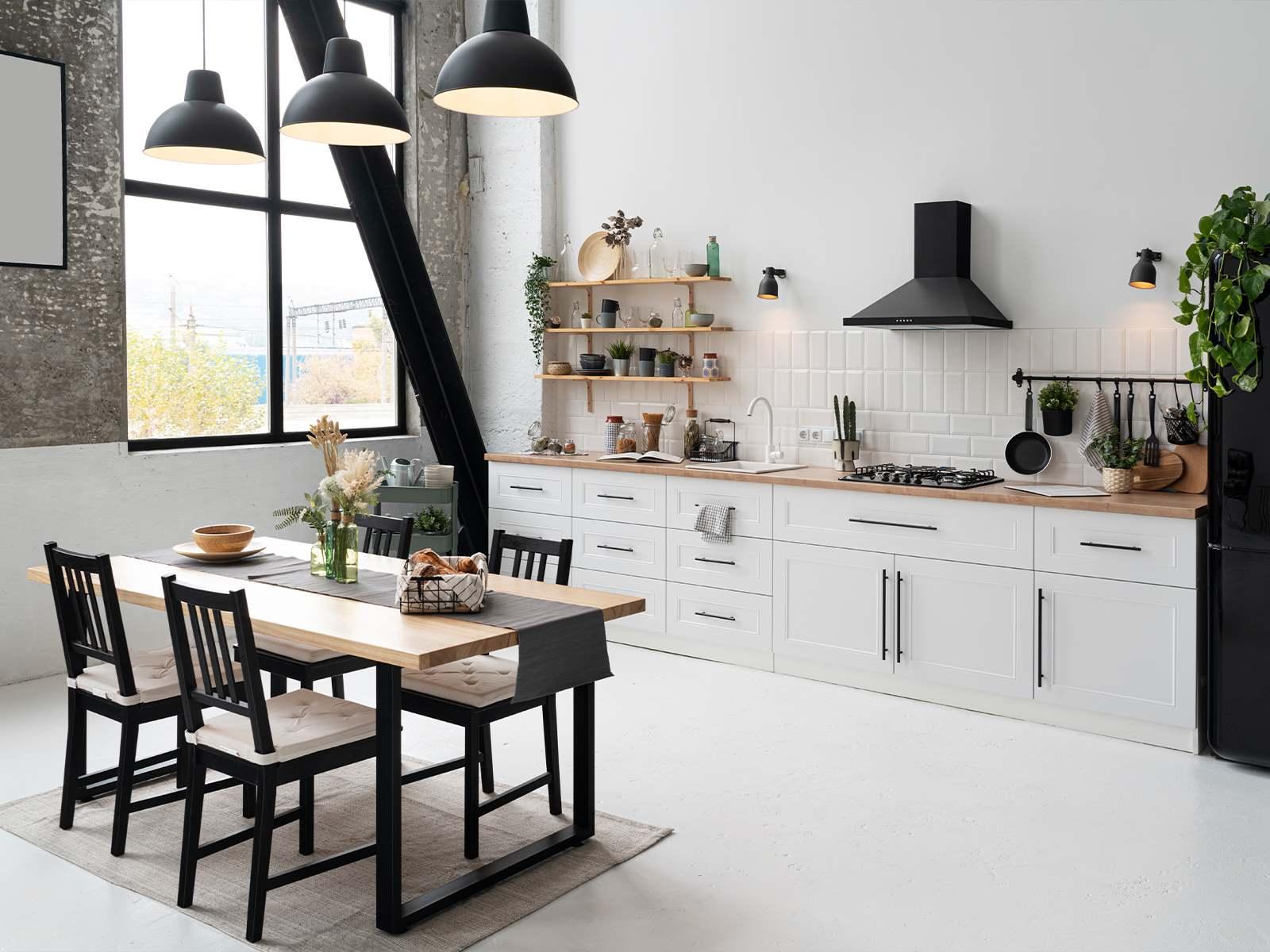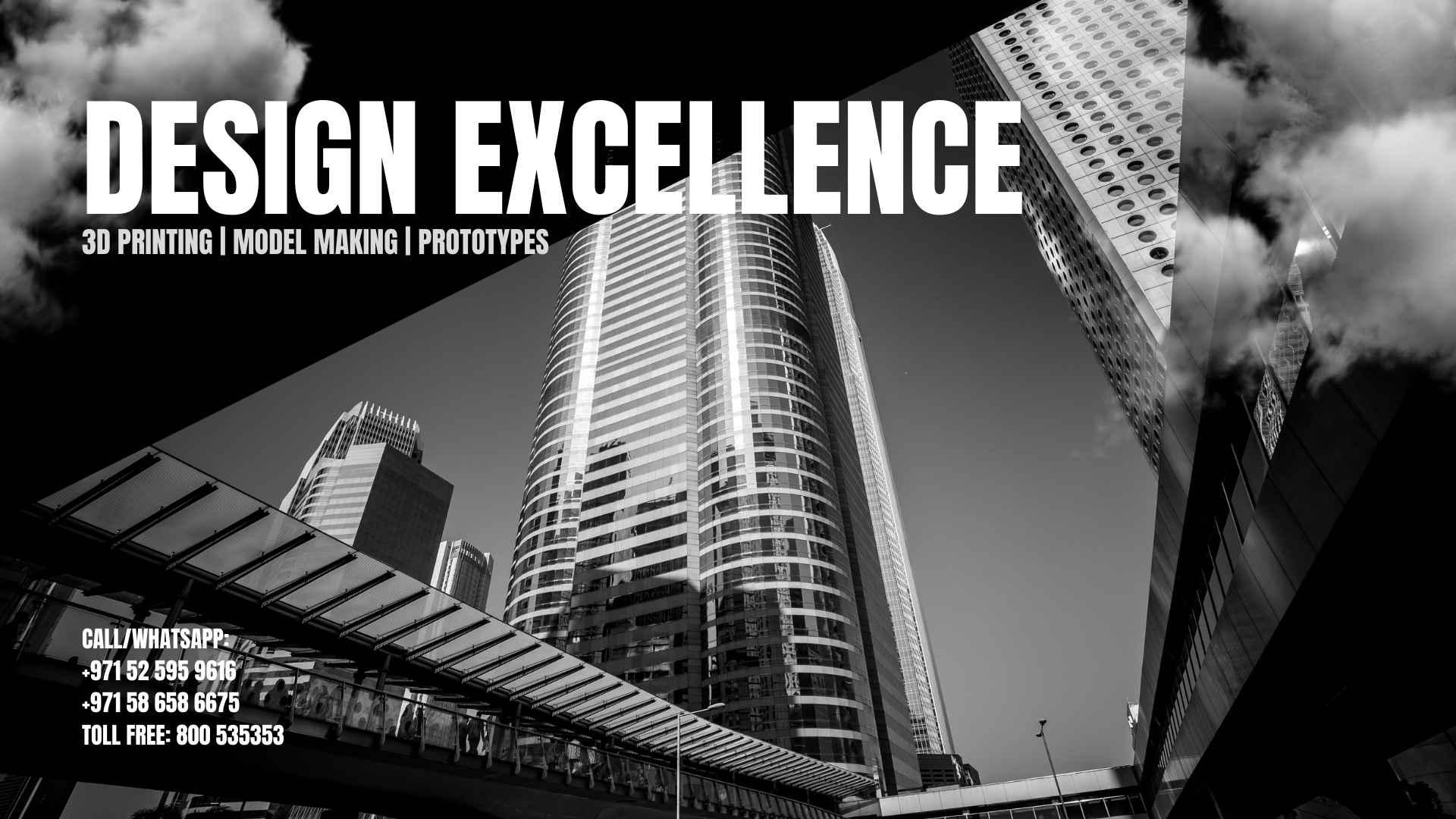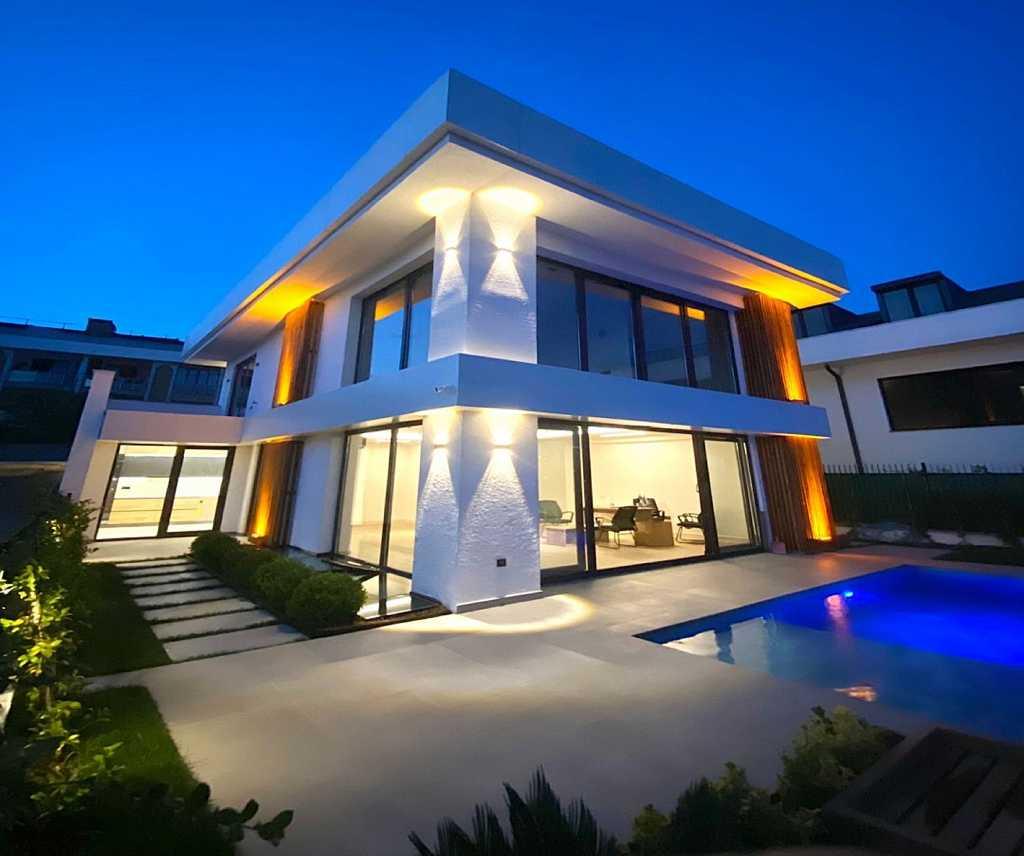The Psychology of Space: How Professional Design Services Enhance Wellbeing

The spaces we inhabit are far more than just physical shelters; they actively influence our mental state, emotional health, and overall wellbeing. In a demanding urban environment like New York City, where external stressors are constant, the design of one's home becomes a crucial tool for creating sanctuary and restoration. This understanding moves interior design beyond mere aesthetics into the realm of environmental psychology—the study of how our surroundings affect our behavior and emotions. This is where the nuanced expertise of professional home remodeling design services becomes transformative, applying evidence-based principles to create environments that actively support mental and physical health.
The Foundational Principles of Design Psychology
The connection between our environment and our psyche is well-established in research. Certain design elements consistently evoke specific psychological responses that can be harnessed to create healthier living spaces.
Biophilic Design: Reconnecting with Nature
The term "biophilia" describes humanity's innate tendency to seek connections with nature. Integrating natural elements into the built environment has been proven to reduce stress, improve cognitive function, and enhance mood.
-
Natural Light Optimization: We prioritize maximizing exposure to natural light through strategic window placement, light wells, and reflective surfaces. Ample daylight regulates circadian rhythms, boosts Vitamin D production, and reduces dependence on artificial lighting, which can cause eye strain and fatigue.
-
Organic Materials and Textures: Incorporating wood, stone, bamboo, linen, and other natural materials provides visual and tactile connections to the natural world. These elements create a sense of warmth and authenticity that synthetic materials often lack.
-
Views and Vegetation: Even in dense urban settings, we create sightlines to green spaces, incorporate interior plantings, and use nature-inspired artwork and color palettes to provide psychological respite from the concrete jungle.
Spatial Perception and Cognitive Ease
How a space is organized directly impacts our sense of control, safety, and mental clarity.
-
The Balance of Prospect and Refuge: This evolutionary concept suggests humans feel most comfortable in spaces that offer a clear view of their environment (prospect) while feeling protected from behind (refuge). We apply this through designs that arrange seating to face room entrances, create window seats that look out from a secure nook, and use partial dividers that define space without creating claustrophobia.
-
Reducing Sensory Overload: In a city of constant stimulation, homes should provide relief. We achieve this through decluttered layouts, dedicated storage solutions to minimize visual chaos, and acoustic treatments to dampen urban noise pollution. A place for everything and everything in its place reduces cognitive load and mental fatigue.
The Therapeutic Application of Design Elements
Every design choice, from color to layout, can be intentionally deployed to cultivate a specific atmosphere and support wellbeing.
Color Psychology in Application
Colors are not merely decorative; they evoke powerful physiological and psychological responses.
-
Calming Hues: Shades of blue and green have been shown to lower heart rate and blood pressure, making them ideal for bedrooms and bathrooms where relaxation is the goal. These cool tones create a serene, retreat-like atmosphere.
-
Energizing Neutrals: While stark white can feel clinical, warm neutrals like soft beiges, warm grays, and earthy tones provide a grounding, energizing backdrop that promotes focus and stability, perfect for home offices and living areas.
-
Intentional Accents: Bold colors can be used strategically in moderation to stimulate creativity and conversation in social spaces like dining rooms, without becoming overwhelming.
Flow and Functionality: Designing for Ritual
The way we move through a space should feel intuitive and support daily rituals. A poorly designed layout that creates friction in everyday tasks—a kitchen triangle that doesn't work, a bottleneck at a doorway—generates low-grade stress that accumulates over time. Our Home Design Services focus on creating fluid, logical circulation patterns that make the activities of daily life—cooking, relaxing, working, socializing—feel effortless and enjoyable.
The Contractor's Role: Bringing the Vision to Life
Understanding psychological principles is one thing; executing them requires a builder with exceptional skill and empathy. Our Highly Professional Team acts as the crucial link that transforms theoretical design into a tangible, therapeutic environment.
We understand that the Best Materials are those that not only last but also feel good to the touch and contribute to a healthy indoor environment. We prioritize low-VOC paints, solid wood over particle board, and natural stone for their sensory qualities and durability. Our Quality Control System ensures that every detail, from the smooth operation of a custom drawer to the perfect alignment of floorboards, is executed to perfection. This meticulous attention to detail eliminates subconscious irritants and creates a sense of harmony and order.
Conclusion: Building a Sanctuary for the Mind
A truly successful renovation does more than update surfaces; it enhances the quality of daily life. By leveraging the principles of environmental psychology, professional design moves beyond decoration to become a powerful tool for promoting wellbeing. Our Commitment to Customers is to serve as both builder and thoughtful partner in this process, ensuring that your newly transformed home is a direct reflection of your needs for comfort, functionality, and peace. This holistic approach, backed by our 100% Satisfaction Guarantee, results in a space that doesn’t just look beautiful—it feels right, providing a daily sanctuary that actively supports your health and happiness in the heart of New York City.







